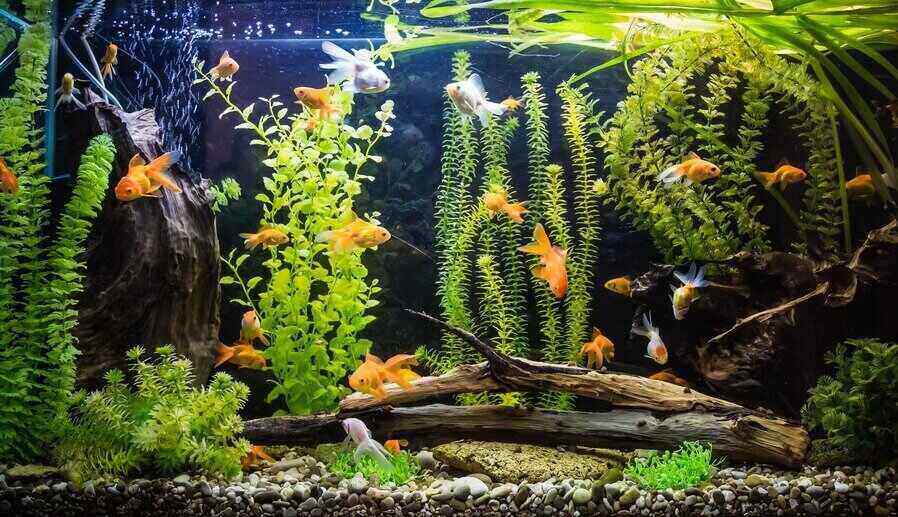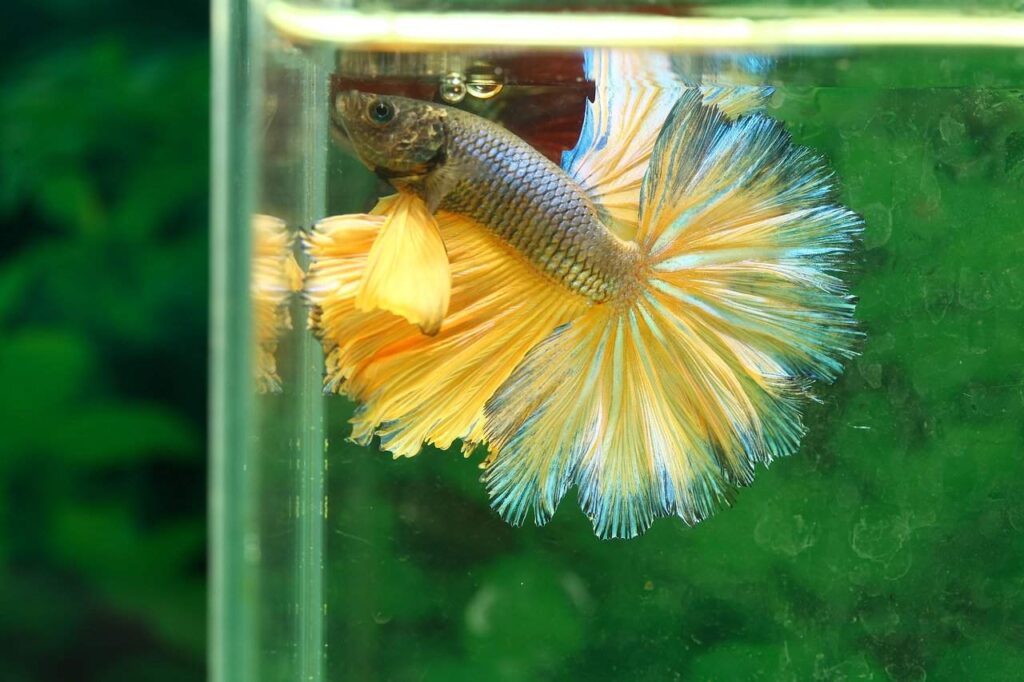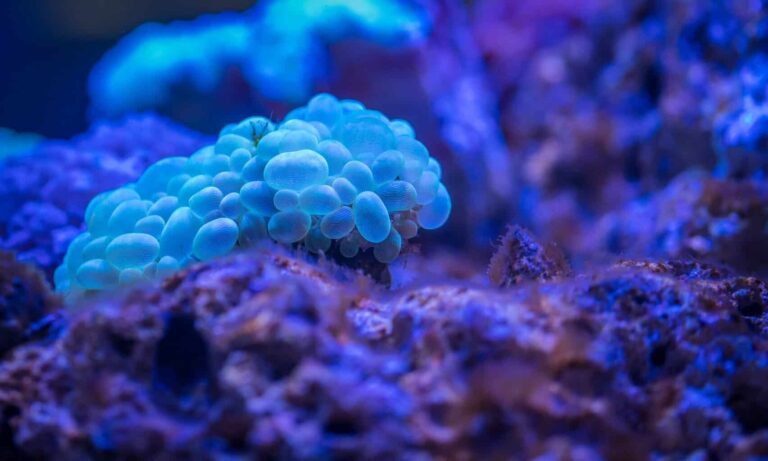Have you considered growing your aquarium plants? If your fish tank contains gravel, specific aquatic plants, flora, and other live plants will thrive in an aquarium. Gravel substrate is an excellent material to use, and with the right conditions and care, you can successfully grow a variety of beautiful aquarium plants in your tank.

Gravel and sand substrates can provide excellent terrain for fish species that dwell at the bottom of the tank, which provides added protection, and a great environment for plants. The best aquarium plants that grow well in substrate tend to be hardy, with strong roots that can are not compacted by sand or gravel.
Among the best plants to plant in sand include Amazon sword plants, Java fern, Hornwort, Cabomba, and Vallisneria.
What You’ll Need to Start Growing Aquarium Plants in Your Fish Tank
If you’re just getting started, it’s essential to choose a quality sand or gravel substrate, which includes a variety of nutrients that support plant growth and development.
Aquarium gravel should provide the nutritional support in a planted tank and include nitrogen, phosphorus, potassium, and other macronutrients that live plants require to survive. Aquarium plants also require significant micronutrients, such as magnesium, iron, and boron.
When you set up your fish tank, it’s important to begin with the following:
- Set root tabs inside the gravel or sand substrate, as plants use roots to acquire nutrients and rely heavily on them.
- If you choose to feed the aquarium plants from the water column, set them in the tank first, then feed the water with liquid fertilizer to provide the required nutrients.
- When you use gravel substrate, set the plants at least two or three inches apart to have adequate access to place their roots and absorb nutrients.
If the fish you have tend to dig or move around plants vigorously, you can plant or set them deeper into the sand or gravel. They mustn’t be set too deep, as toxic gases accumulate under the substrate and may negatively impact the plants.

The Importance of Maintaining and Anchoring Aquarium Plants
One of the most common issues in maintaining aquarium plants is not anchoring them properly, which results in floating plants. There are several ways to anchor your plants, which include making a small cut on a small plastic cap from a milk or plastic water bottle so that your plant roots can grow through these cuts, which should be made in a cross pattern.
Once your plant’s roots are poking through the bottom and the plant is firmly established, you can position it in the gravel, then cover the roots inside the cap with enough substrate to keep your plants stable. While using the cap is ideal for keeping your plants set firmly at the bottom of the tank, this may also slightly impact how they grow, which should be considered when using this method.
If you have a single plant, you’ll likely find that roots grow well and extend throughout the tank, which keeps them stationary. Additionally, if you have other structures in the tank, such as large rocks or caves for your fish, these can help stabilize the area around the plants above the gravel while the roots set the plant below.
Providing proper nutrition is essential to the health and growth of live aquarium plants. It’s crucial to monitor the amount of fertilizer added to your tank, as most tanks feed plants from the water column and sand substrate.
Too much fertilizer can cause problems with your plants’ growth, while a nutrient deficiency can also cause harm. Targeting your fertilization is ideal when calculating how much you need to provide your plants for optimal development.

Choosing the Best Gravel and Sand Substrate for Your Aquarium
The type of sand substrate you use for your aquarium significantly affects how successfully your aquatic plants will grow and how easy it is they are to maintain. Since aquarium sand requires more care than aquarium soil, as plants will require root tabs and regular doses of fertilizer, it’s crucial to choose a quality product that works best for your tank:
Black Diamond Blasting Coal slag is easy gravel to use, which is inexpensive and has large granules so that your plants remain stable with solid roots. It’s a great alternative to finer black aquarium sand, which makes it challenging for some plants to take root.
It’s essential to rinse the gravel thoroughly before placing it in the tank to avoid cloudiness and minimize debris. While this sand looks hard to manage, it’s easy to clean, provides a nice visual against colorful plants and fish, and it’s commonly available.
Caribsea Super Naturals Aquarium sand is a more expensive but easier option for new aquarium owners and beginners. It’s a ready-made product that provides instructions to add it to your tank after a thorough rinse. This aquarium sand is specially designed for aquariums, and it’s accessible to custom scape inside your tank, based on how you will set your plants and other items inside.
A Fluval plant is an ideal option for aquatic plant growth. These granules consist of volcanic soil rich in minerals and support optimal plant growth in your aquarium. Fluval Plant releases nutrients that give new plants a good start while allowing them to take root in the substrate, which is porous, lightweight, and helps reduce harmful bacteria.
Final Thoughts
At first glance, growing plants in your aquarium gravel may seem challenging. However, with the suitable substrate, fertilizer, and effective methods of setting your plants, you’ll find the overall process fun and rewarding.
Adding plants to your aquarium is a beautiful way to add visual appeal while providing shelter and exciting places for your fish to explore. You’ll also find that a wide variety of sand and gravel substrate come in various gravel colors, adding to your tank’s vibrant appearance.






